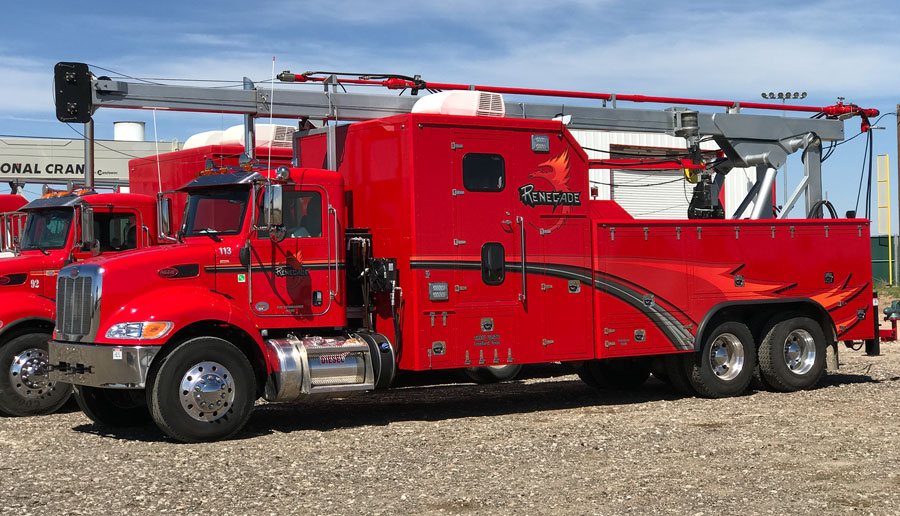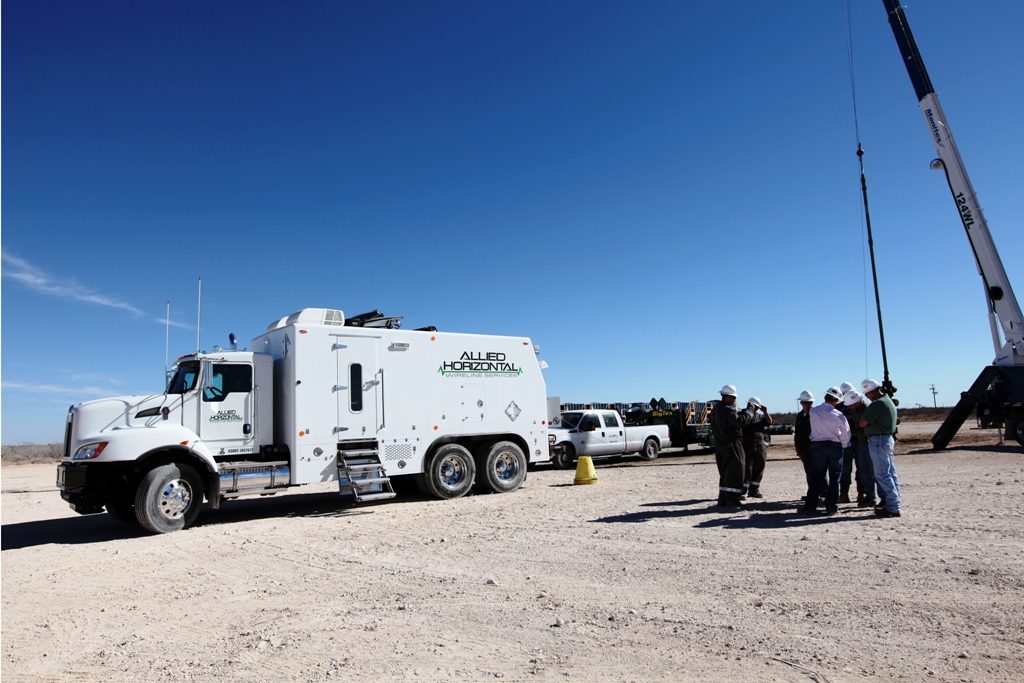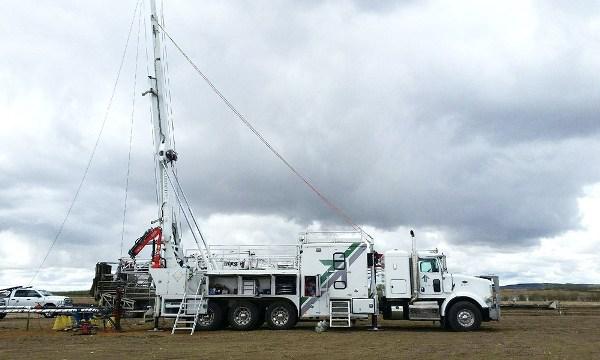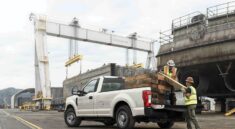Well drilling and casing cementing are just the first steps to well completion. After completing the well, tubing is installed to bring the oil or gas from the reservoir back to the surface. Such tubing is connected to a wellhead with some kind of control valve system to offer the crew some control over the product flow’s speed and direction from the reservoir to the surface.
Cased-Hole and Open-Home Completion
To identify the kind of completion to done, the cutting samples received at the bit drills through the ground and into the reservoir that has hydrocarbons are analyzed. Usually, the casing is installed through the reservoir to complete the well. Then operators pump down enough cement through the inside of the casing and back up between the casing and rock formation. This is mean to cement the string into the place. Meanwhile, in an open-hole well completion, the casing is run and cemented into place. After setting, the well is drilled in to create an open-hole completion. A lot of Renegade Wireline Services Locations offer completion services.

Perforation and Completion
After completing the final string of casing for the hole, it is time to perforate the casing. Some operators complete this by setting off a charge of nitroglycerine in the well’s bottom to create fissures and cracks in the reservoir formation, use a bullet perforated gun, or use a jet gun that can perforate the casing wall, the cement, and even several inches into the rock formation.
When perforating the casing, the operators need to determine the bottom hole pressure inside the pipe and anticipate the formation’s inside pressure. Miscalculating the pressure will cause the fluids to rush into the casing and blow the perforated gum up the hole.
Tubing
Well completion requires the use of seamless tubing to increase the strength and minimize the potential of production loss. Normally, the tubing used is classified based on the quality metal used for making it and the wall thickness. The installation determines the kind of tubing used.

When installing tubing into the hole, it is important to place the casing perforations in the desired depth away from the surface. The placement of these perforations will impact the well’s overall performance, the number of barrels of fluid produced, the amount of gas preserved in the formation, and the amount of gas and oil produced. The operators will decide the best option for the correlating perforations that include reaching the production goals.





